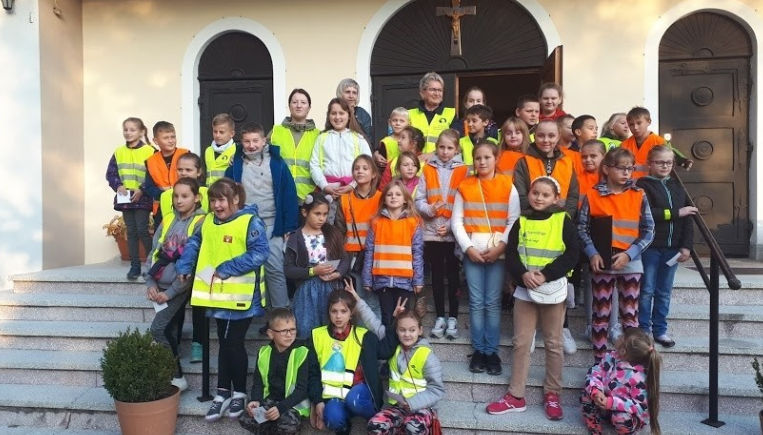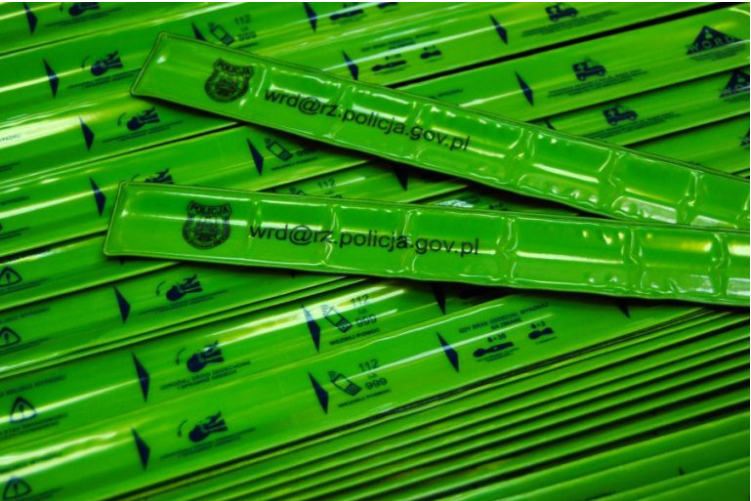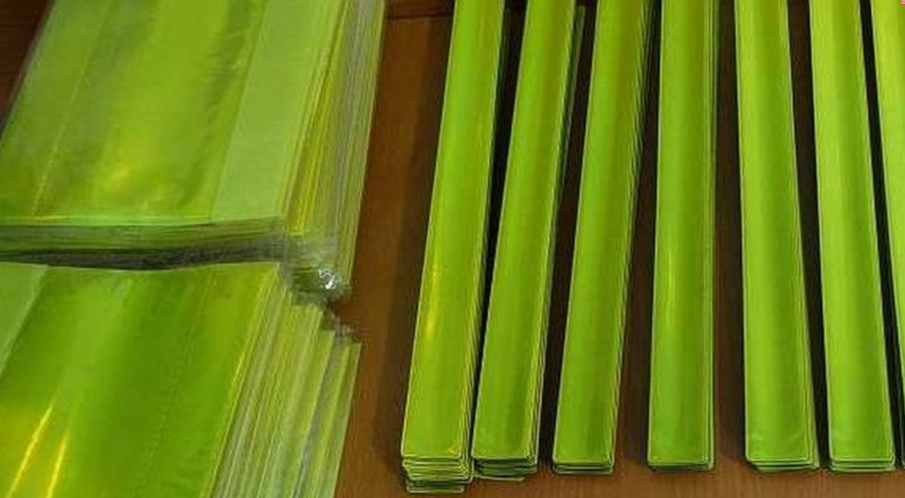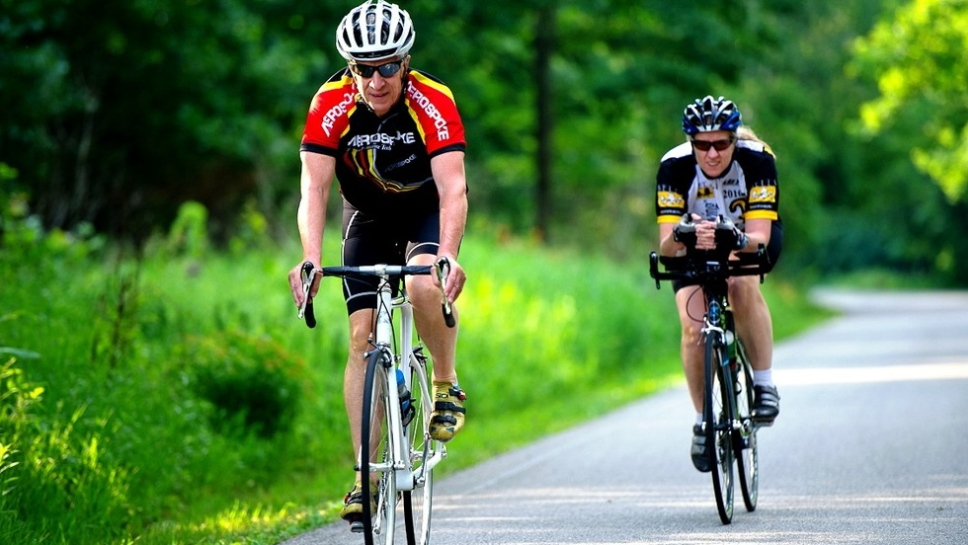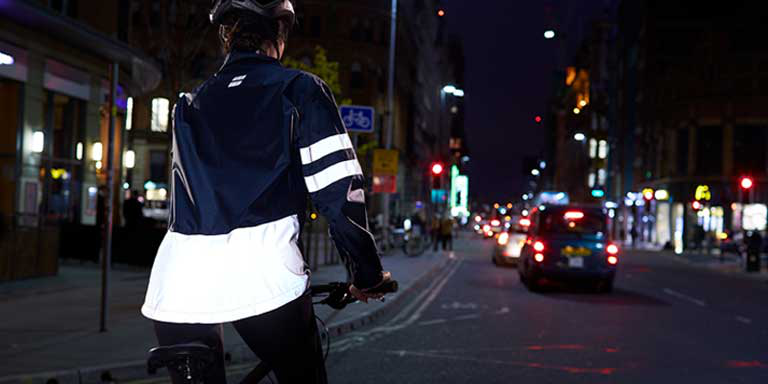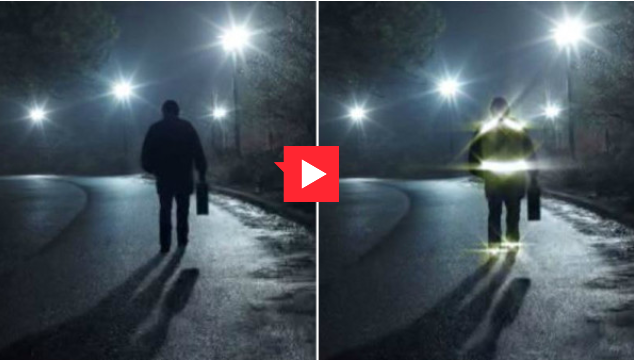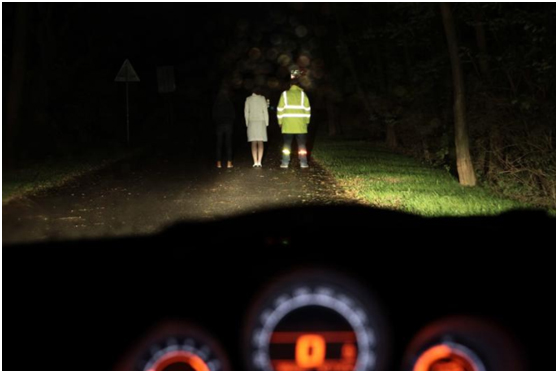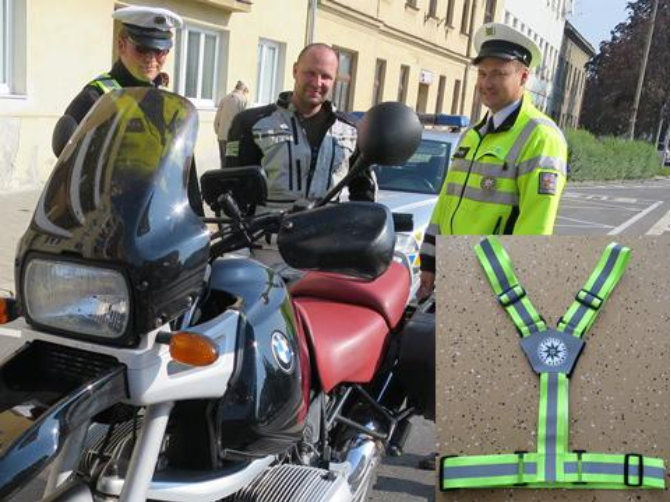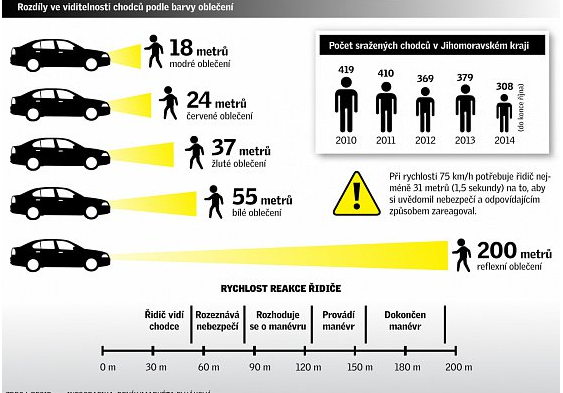In September 2019, Public Primary School No. 3 in Brzesko entered the “Reflective School” competition.
The purpose of the action announced by the Road Traffic Department of the Provincial Police Headquarters together with the Małopolska Road Traffic Safety Council and the Małopolska School Superintendent is to promote children’s knowledge of road traffic regulations, the need to wear reflective elements, and thus shape habits necessary for safe and cultural participation in road traffic, shaping social attitudes: help and responsibility for the health and life of oneself and others, shaping the ability to anticipate the consequences and disregard rules, regulations, inattentiveness and errors, implementation to respond correctly in situations of threat to life and health.
As part of the “Reflective School” project, all students of the “three” were equipped with reflective vests. Teachers and students from the first days of September implemented numerous activities aimed at raising awareness among children about the importance of maintaining road safety: they conducted talks about the principles of safe road traffic, organized various competitions promoting knowledge of traffic rules road and wearing reflectors, they created wallpapers, banners, posters, and performances. October 17 in the “Troika” was proclaimed the Day of Reflections. On that day, every student and teacher had a reflective element. The most creative students took part in the competition for the most original clothing containing reflectors.
It is worth paying attention to those activities that were directed to the community of our city. On October 9, scouts from PSP No. 3 hung posters promoting the use of reflective by older people traveling on the roads, and also distributed reflective bands to passing seniors in various parts of the city, encouraging them to wear them on foggy autumn days. A day later, as part of the “Driver, slow down” action, the youth gave out to the drivers stopping at the pedestrian crossing near the school 90 small calendars for 2020 and the same number of juicy apples. On 19 October, during a great sporting event in the region. James “organized by the sports club” Jakub “at the parish dedicated to the Blessed Virgin Mary and St. Jakub in Brzesko, students of the Brest “three” with the organizer’s consent promoted wearing reflections with reflective tapes in line with the slogan “Run with reflections! Be visible! ” Before the start, they distributed the reflectors made of reflective foil in the form of hearts and smiles.
In turn, on October 23, students and teachers organized a happening on the streets of Brzesko under the slogan “Let yourself be seen and live.” At the head of the procession, at the sound of a snare drum, was a zebra – a school BRD mascot, who carried the information sign “Pedestrian crossing”, thus encouraging to cross the road on the lanes. Behind her, wearing reflective vests, students marched who chanted slogans calling for the use of reflectors. The procession participants distributed leaflets prepared by them in passers-by, in which they appealed for the need to use designated pedestrian crossings and to wear reflectors.
On October 28, in cooperation with our city authorities, the Strategy and Development Department and the Poviat Police Headquarters in Brzesko, PSP No. 3 organized a meeting of the first classes from the entire municipality with the Mayor of Brzesko – Tomasz Latocha and the Head of the Road Traffic Department of the Police Headquarters in Brzesko – Commissioner Tomasz.
The main purpose of the event, attended by around 350 students, was to promote proper road behavior. During the meeting, the spectacle “Traffic” was enriched with songs encouraging the wearing of reflectors, a reflective fashion show and competition on knowledge of traffic rules that took place. The culminating point of the meeting was the mayor’s handing out of all sets of educational games to all classes. Also, each freshman received the reflections funded by the City Hall from the authorities of Brzesko and police representatives.
The next day, the students of the “troika” together with their guardians went to the daycare center to present a short educational program promoting safe behavior in road traffic. The youth familiarized the residents of the center with the history of flares and emphasized their importance in safe driving on the road after dark and cloudy and rainy days. An open letter to seniors was also read, in which the eighth-grade student from PSP No. 3 convinces older people to take care of road safety. In the end, the youth gave reflections to seniors, reflective bands and hearts made of reflective foil.
Many of the above-mentioned actions were carried out with the support of the Police Headquarters in Brzesko, for which the organizers would like to thank. They hope that all activities that were carried out at school will increase safety on the way to and from our students’ school, but will also make others aware that wearing reflectors should become a habit. By completing the ‘Reflective school’ project, they will not stop promoting safe road behavior because they have been, are and will be important activities for the safety of our students.

